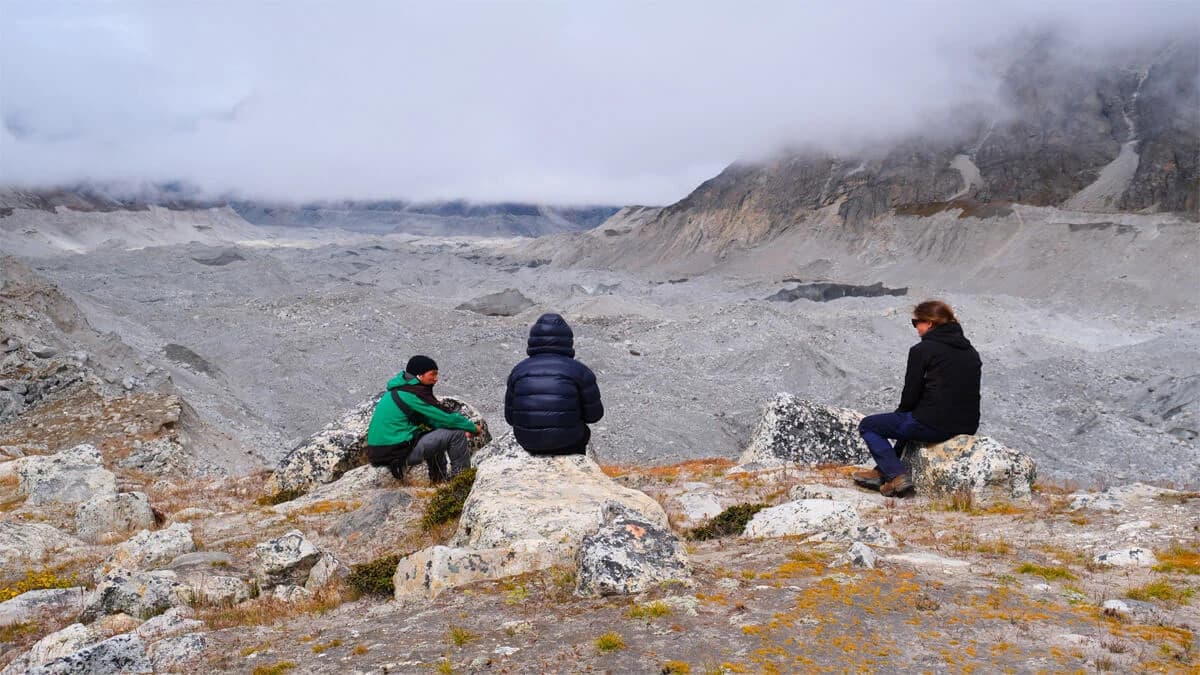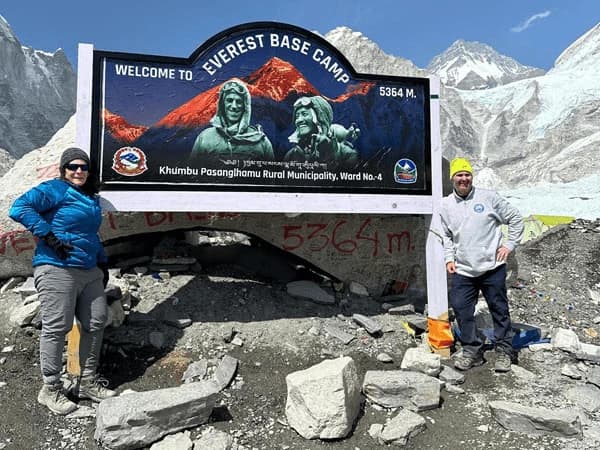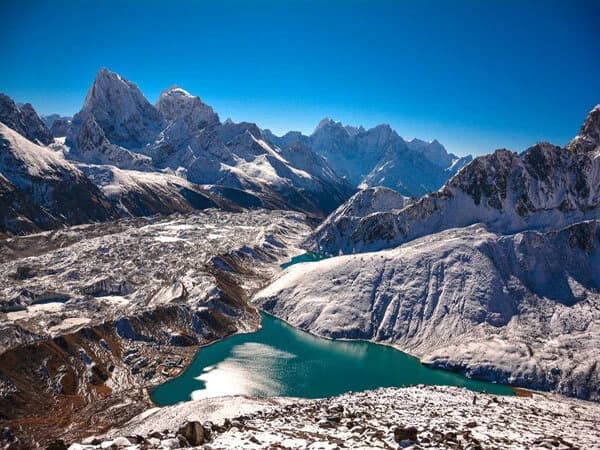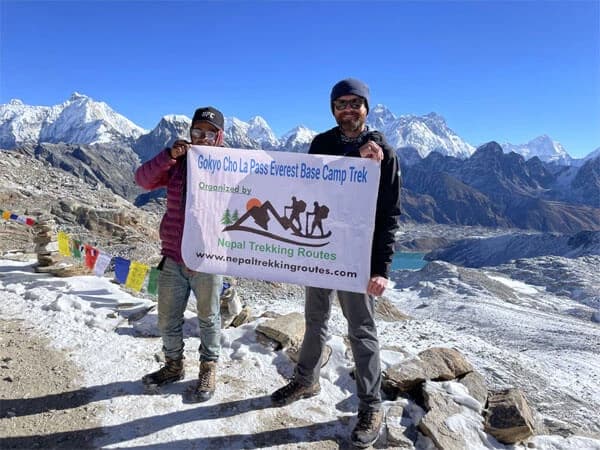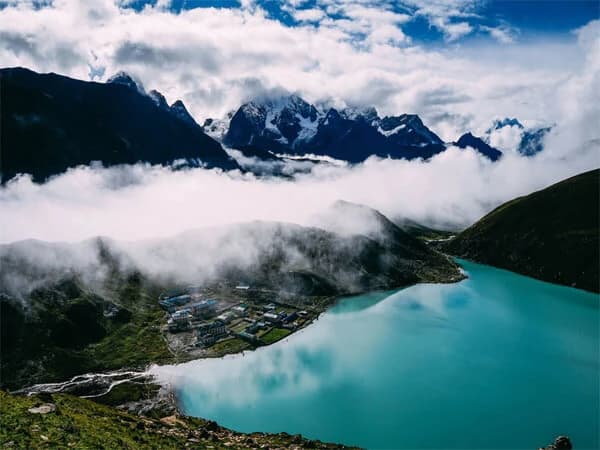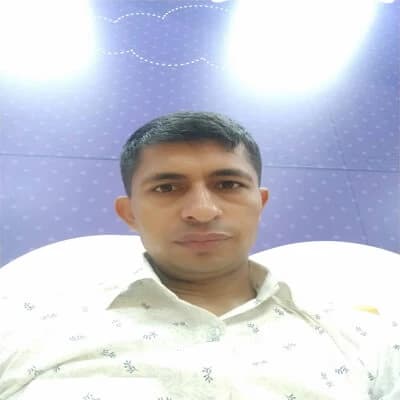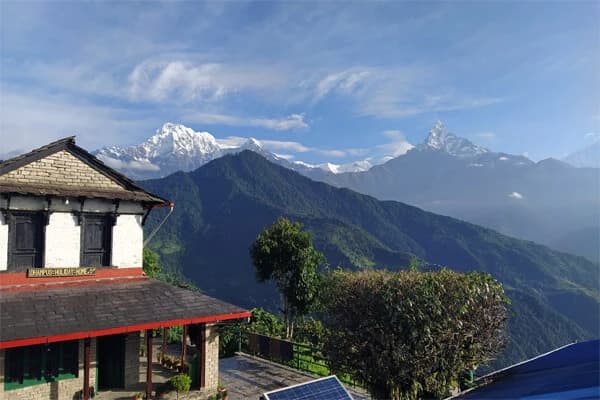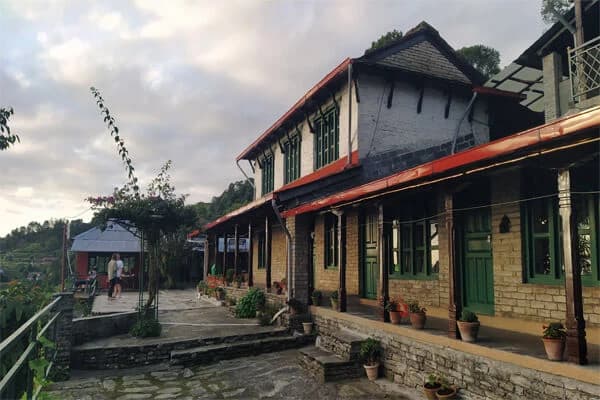The Gokyo Lake Trek is one of the most scenic and less-crowded trekking routes in the Everest region. It offers a breathtaking blend of natural beauty, adventure, and cultural immersion. This trek takes you through remote Sherpa villages, past the largest glacier in the Himalayas, and to the pristine, glacial-fed Gokyo Lakes. You can observe some of the best panoramic views of the highest peaks in the world, including Mount Everest. For trekkers seeking an alternative to the Everest Base Camp route, the Gokyo Lake Trek provides an unforgettable experience.
Best time for Gokyo Lake Trek
The best time for Gokyo Lake trek depends on the weather, trail conditions, and your personal preferences for the experience. The two primary trekking seasons are spring (March to May) and autumn (September to November), each offering unique advantages in terms of climate, scenery, and overall trekking conditions. While winter and summer treks are also possible, they come with distinct challenges. Here’s a breakdown of the pros and cons of each season to help you decide the best time for your Gokyo Lake trek.
Gokyo Lake Trek in Spring season (March to May)
Trekking to Gokyo Lake in the spring season is a popular choice for trekkers looking to experience the beauty of the Himalayas in one of its most vibrant and pleasant times of the year. Spring, spanning from March to May, offers stunning scenery, milder weather, and ideal trekking conditions. However, like any trekking season, spring comes with its own set of pros and cons. Here's an overview to help you decide whether trekking Gokyo Lake in spring is the right choice for you.
Pros of Trekking Gokyo Lake in Spring
Beautiful Natural Scenery
Spring is when the Gokyo region comes alive with lush greenery, blooming flowers, and vivid landscapes. The trek takes you through forests filled with colorful rhododendrons, Nepal’s national flower. It creates a striking contrast against the snow-capped peaks. The alpine meadows are also in bloom, making the trek particularly scenic.
Clear Mountain Views
The spring season often provides clear, crisp mornings, perfect for viewing the Himalayas in their full glory. The visibility is excellent, especially early in the day, offering clear views of Everest, Cho Oyu, Lhotse, and other majestic peaks. These views are breathtaking from Gokyo Ri, where trekkers can enjoy panoramic vistas of the world's highest mountains.
Moderate Weather Conditions
Spring offers some of the best weather conditions for trekking. Daytime temperatures are mild, ranging from 10°C to 20°C (50°F to 68°F) in lower elevations, and between 0°C and 10°C (32°F and 50°F) at higher altitudes. It can still get cold at night, especially near Gokyo. The daytime weather is usually stable, making for comfortable trekking.
Manageable Trails
Compared to winter, when snow can block paths, and summer when the monsoon brings rain, spring offers more manageable trail conditions. Most of the snow has melted by March at lower altitudes, and the trails are generally dry and easier to navigate. This reduces the likelihood of slippery or treacherous conditions, making the trek safer.
Cons of Trekking Gokyo Lake in Spring
Crowds on the Trail
Spring is one of the most popular trekking seasons in Nepal. So Gokyo Lake is less crowded than the Everest Base Camp route. There will still be more trekkers on the trail compared to quieter seasons like winter or late autumn. This can mean busier teahouses, less solitude, and more people at popular viewpoints like Gokyo Ri.
Risk of Altitude Sickness
Altitude sickness remains a challenge regardless of the season. With Gokyo Lake sitting at nearly 5,000 meters and Gokyo Ri at over 5,300 meters, trekkers need to be cautious about altitude-related issues. Despite the milder weather, spring does not reduce the risk of acute mountain sickness (AMS). Proper acclimatization is crucial.
Temperature Variability
The daytime temperatures are generally pleasant. The weather can still be unpredictable, especially at higher elevations. Nights remain cold, often dropping below freezing. This means that trekkers need to pack a wide range of clothing, from light layers for the day to warm gear for the evenings, adding to the weight and complexity of packing.
Busy Teahouses
During peak trekking months, teahouses along the route can fill up quickly. This may lead to limited accommodation options, especially in more popular villages like Namche Bazaar and Gokyo. Trekkers might need to book ahead or be prepared for more basic lodging if the better teahouses are full.
Gokyo Lake Trek in Autumn season (September to November)
Trekking to Gokyo Lake in autumn is one of the most popular times for adventure seekers due to the ideal weather conditions, stunning views, and vibrant landscapes. Autumn follows the monsoon season, leaving the trails dry and the skies clear, making it an excellent time to experience the pristine beauty of the Himalayas. However, like any trekking season, autumn comes with its own advantages and challenges. Below are the key pros and cons of trekking Gokyo Lake during the autumn months.
You May Compare Gokyo Lake Trek Vs Tilcho Lake Trek as well.
Pros of Trekking Gokyo Lake in Autumn

Clear Mountain Views
One of the biggest draws of trekking in autumn is the consistently clear weather. After the monsoon rains have washed away the dust and haze, the skies are usually crisp and blue, offering excellent visibility of the surrounding mountains. This is especially important when ascending to Gokyo Ri, which offers panoramic views of Mount Everest, Lhotse, Cho Oyu, and Makalu. Photographers and trekkers alike will appreciate the stunning, unobstructed vistas.
Stable Weather Conditions
Autumn is known for its stable weather, with minimal risk of rain or snow compared to other seasons. Daytime temperatures at lower elevations typically range from 10°C to 20°C (50°F to 68°F), making the trek comfortable during the day. At higher altitudes around Gokyo, temperatures remain moderate during the day, though nights can be quite cold. The dry conditions also mean fewer slippery or muddy trails, which reduces the risk of accidents and makes trekking more enjoyable.
Comfortable Trekking Temperatures
The autumn season provides trekkers with pleasant daytime temperatures, making the long hikes more comfortable. The cooler temperatures are ideal for trekking, as you won't overheat during the more strenuous portions of the hike. At higher elevations, such as Gokyo, the chillier air adds to the sense of adventure without being overwhelmingly cold, especially with the right gear.
Post-Monsoon Lush Scenery
Thanks to the monsoon rains that precede autumn, the landscapes are green and vibrant. While autumn doesn't have the blooming rhododendrons of spring, it offers lush valleys, waterfalls, and alpine meadows that are still thriving from the summer rains. This combination of greenery and the towering snow-capped mountains creates an awe-inspiring backdrop for the trek.
Cultural Experience
Autumn coincides with several important festivals in Nepal, such as Dashain and Tihar. This allows trekkers the opportunity to witness and participate in these cultural celebrations. Trekkers may have a chance to interact with local Sherpa communities and experience their traditions, enhancing the cultural aspect of the trek.
Cons of Trekking Gokyo Lake in Autumn
Crowded Trails
Autumn is one of the most popular trekking seasons in Nepal. The trails can get quite busy, particularly around popular villages like Namche Bazaar and along the main routes. The Gokyo Lake trek is less crowded than the Everest Base Camp trek. You'll still encounter a significant number of trekkers, especially in October, the peak trekking month. This can lead to crowded teahouses, and you may need to book accommodations in advance.
Cold Nights at Higher Altitudes
While daytime temperatures are comfortable, nights at higher altitudes can get extremely cold, often dropping below freezing. Trekkers will need to be prepared with high-quality sleeping bags and warm clothing for the cold nights, especially at Gokyo (around 5,000 meters). Even though the daytime is pleasant, adjusting to the sudden temperature drop in the evening can be challenging for some.
Higher Demand for Resources
The increase in trekkers means a higher demand for resources like accommodation, food, and porters. In busy months, you may find it difficult to secure a room in the better teahouses, particularly in popular stopovers like Namche Bazaar. Teahouses may also be more crowded, and the service might be slower due to the high volume of trekkers.
Risk of Altitude Sickness
Regardless of the season, altitude sickness is always a concern on high-altitude treks like Gokyo Lake. The trek reaches elevations above 5,000 meters, and some trekkers may struggle to acclimatize quickly. Despite the favorable weather, the risk of Acute Mountain Sickness (AMS) is real and requires careful management, including proper acclimatization days and hydration.
Gokyo Lake Trek in Winter season (December to February)
Trekking to Gokyo Lake in the winter season is a unique and rewarding experience, though it comes with its own set of challenges. While the colder months may not be the most popular time to trek, they offer solitude, pristine landscapes, and the chance to experience the Himalayas in a way that few others do. However, trekking in winter requires extra preparation due to the cold temperatures, potential snowfall, and fewer amenities. Below is an overview of the pros and cons of trekking Gokyo Lake in winter.
Pros of Trekking Gokyo Lake in Winter
Peace and Solitude
One of the greatest advantages of trekking in winter is the solitude. The Gokyo Lake Trek is far less crowded during the colder months, providing a peaceful trekking experience. You’ll have the trails to yourself in many areas, and teahouses will be less busy. For trekkers who seek tranquility and a deep connection with nature, winter is the perfect time to explore Gokyo.
Unparalleled Scenic Beauty
Winter transforms the Gokyo region into a snow-covered wonderland. The frozen lakes, snow-blanketed trails, and towering mountains covered in fresh snow create a magical atmosphere. The stark contrast between the snowy peaks and the deep blue skies provides stunning photography opportunities. The views from Gokyo Ri of Everest, Lhotse, Cho Oyu, and the surrounding ranges are even more breathtaking in winter, with the clear, crisp air enhancing visibility.
Clear Skies and Stable Weather
While winter brings colder temperatures, it also brings some of the clearest skies of the year. The post-monsoon haze is long gone, and the lack of rain means you can expect excellent visibility and stable weather most days. The crisp air and low humidity make for beautiful, unobstructed views of the Himalayan giants.
More Authentic Experience
With fewer trekkers on the trail, the Gokyo Lake trek in winter offers a more authentic cultural experience. You’ll have more opportunities to interact with the local Sherpa people, as teahouses are less crowded. The pace of life in the villages is more relaxed. The hospitality of the Sherpas is particularly comforting during the colder months, adding to the warmth of the experience.
Cons of Trekking Gokyo Lake in Winter
Extremely Cold Temperatures
The most obvious downside of trekking in winter is the cold. Daytime temperatures at lower altitudes may range from 0°C to 10°C (32°F to 50°F), but as you ascend, temperatures drop significantly. At Gokyo (around 5,000 meters), daytime temperatures can fall to -10°C (14°F), and nighttime temperatures can plunge to -20°C (-4°F) or lower. Trekkers must be prepared with high-quality gear, including insulated sleeping bags, thermal layers, and proper trekking boots designed for extreme cold.
Snow-Covered and Icy Trails
Winter brings snow, especially at higher elevations, which can make the trails more challenging to navigate. Snow-covered paths, icy sections, and the potential for avalanches in certain areas increase the difficulty level of the trek. The Ngozumpa Glacier, which you must cross, can also be more treacherous due to ice and snow. It’s essential to check weather conditions and ensure that you have appropriate equipment, such as microspikes or crampons, for icy sections.
Limited Accommodation and Facilities
Not all teahouses along the Gokyo route remain open during winter. Many close due to the cold and the decreased number of trekkers. The teahouses that do remain open may have limited amenities, such as no running water, fewer food options, and wood stoves for warmth only in common areas. Trekkers should be prepared for more basic accommodations and bring extra snacks or energy bars in case of limited food availability.
Shorter Days
The winter season brings shorter daylight hours, which means you’ll have less time each day to trek. This requires careful planning to ensure you reach your destination before dark, as trekking in the dark on icy trails can be dangerous. The shorter days may also require you to adjust your pace and distances to match the available daylight.
Potential for Altitude Sickness
Altitude sickness is a risk in any season, but winter poses a unique challenge due to the cold. Cold weather can mask the symptoms of altitude sickness, such as fatigue and shortness of breath, making it harder to recognize and address early. Proper acclimatization is still crucial in winter, and trekkers need to monitor their health closely as they ascend.
Gokyo Lake Trek in Summer season (June to August)
Trekking to Gokyo Lake in the summer season coincides with Nepal’s monsoon period, a time of heavy rainfall, lush landscapes, and fewer tourists. Summer treks in the Himalayas are less common due to the challenges posed by the monsoon. However, they offer a unique experience for adventurous trekkers who don’t mind getting a little wet. Here’s a look at the pros and cons of trekking Gokyo Lake in summer.
You may also compare Gokyo Lake Trek Vs Gosainkunda Trek
Pros of Trekking Gokyo Lake in Summer
Lush Greenery and Vibrant Landscape

One of the biggest advantages of trekking during the summer season is the breathtakingly lush landscape. The monsoon rains nourish the region, turning the valleys green and the forests dense. You’ll experience waterfalls in full flow, wildflowers blooming, and terraced fields glowing in their greenest hues. The vibrant, rejuvenated scenery contrasts sharply with the more barren landscapes seen in the drier seasons, offering a different kind of beauty to the trek.
Fewer Crowds
Summer is the off-peak trekking season in Nepal, which means fewer trekkers on the trails. For those who prefer solitude and a quieter trekking experience, this is an ideal time. You’ll have more space in the teahouses, less crowded trails, and the opportunity to enjoy the serenity of Gokyo Lake without the typical peak-season hustle.
Lower Prices
With fewer trekkers comes a drop in the prices of accommodation and services. Teahouses and local businesses are more likely to offer discounts, and you may find it easier to negotiate for better rates on rooms, guides, and porters. This makes summer an attractive option for budget-conscious trekkers who still want to experience the beauty of the Everest region.
Cultural Experience
Since there are fewer trekkers during the summer months, you’ll have more opportunities to engage with the local Sherpa communities. The quieter trails and teahouses allow for more personal interactions with locals, offering a richer cultural experience. You may also witness farming activities and traditional daily life, which are more visible during the monsoon season.
Cons of Trekking Gokyo Lake in Summer
Heavy Rainfall
The primary challenge of trekking in summer is the monsoon rains. Daily downpours are common, especially in the lower elevations, leading to wet and muddy trails. This can make trekking more difficult and less enjoyable, as you’ll need to navigate slippery paths, leeches, and potential landslides. The higher you climb, the less rain you’ll encounter, but wet conditions can persist throughout the trek. It’s essential to have high-quality rain gear and waterproof clothing.
Obstructed Mountain Views
One of the biggest disappointments of trekking during the summer is the limited visibility. The monsoon clouds often obscure the stunning mountain views, which are a major highlight of the Gokyo Lake trek. You may have long periods where the surrounding peaks, including Everest, Lhotse, and Cho Oyu, are hidden behind thick clouds. Morning treks may provide clearer views before the clouds roll in, but consistent, unobstructed panoramas are rare during this season.
Difficult Trail Conditions
The wet conditions can make trekking more physically demanding. The trails become slippery and muddy, and crossing rivers can be more dangerous due to increased water levels from the rains. In some areas, landslides or flooding can cause delays or require you to take alternate routes. Proper footwear and trekking poles are essential for navigating the tricky terrain. Trekkers should be prepared for longer and slower trekking days.
Limited Access to Teahouses and Services
While there are fewer trekkers in summer, not all teahouses may remain open. In the higher and more remote areas, some may close due to the weather, which can limit your options for accommodation and food. It’s important to plan your stops carefully, ensuring you have a place to stay each night, and carry extra snacks or food in case of limited availability at certain points along the trail.
Leeches and Insects
The monsoon season brings with it an abundance of leeches and insects, especially in the lower, forested areas of the trail. Leeches can be a particular nuisance, latching onto your legs as you walk through damp, overgrown areas. Insects like mosquitoes can also be more prevalent, so insect repellent and protective clothing are a must.
Conclusion: Best Time for Gokyo Lake Trek
The best time for the Gokyo Lake Trek largely depends on your preferences and what you want to get out of the experience. Spring (March to May) and autumn (September to November) are generally the best times, offering favorable weather conditions, excellent visibility, and relatively comfortable trekking conditions. Winter (December to February) offers solitude and unique beauty but comes with challenges due to extreme cold and snow. Monsoon (June to August) presents significant difficulties due to heavy rain, reduced visibility, and challenging trail conditions.
Engaging with local trekking agencies like Nepal Trekking Routes can provide valuable insights and assistance in planning your trek, ensuring you choose the best time and are well-prepared for the adventure ahead. Whether you seek vibrant spring blossoms, clear autumn skies, serene winter landscapes, or lush greenery, understanding these seasonal factors will help you make the most of your Gokyo Lake Trek.

